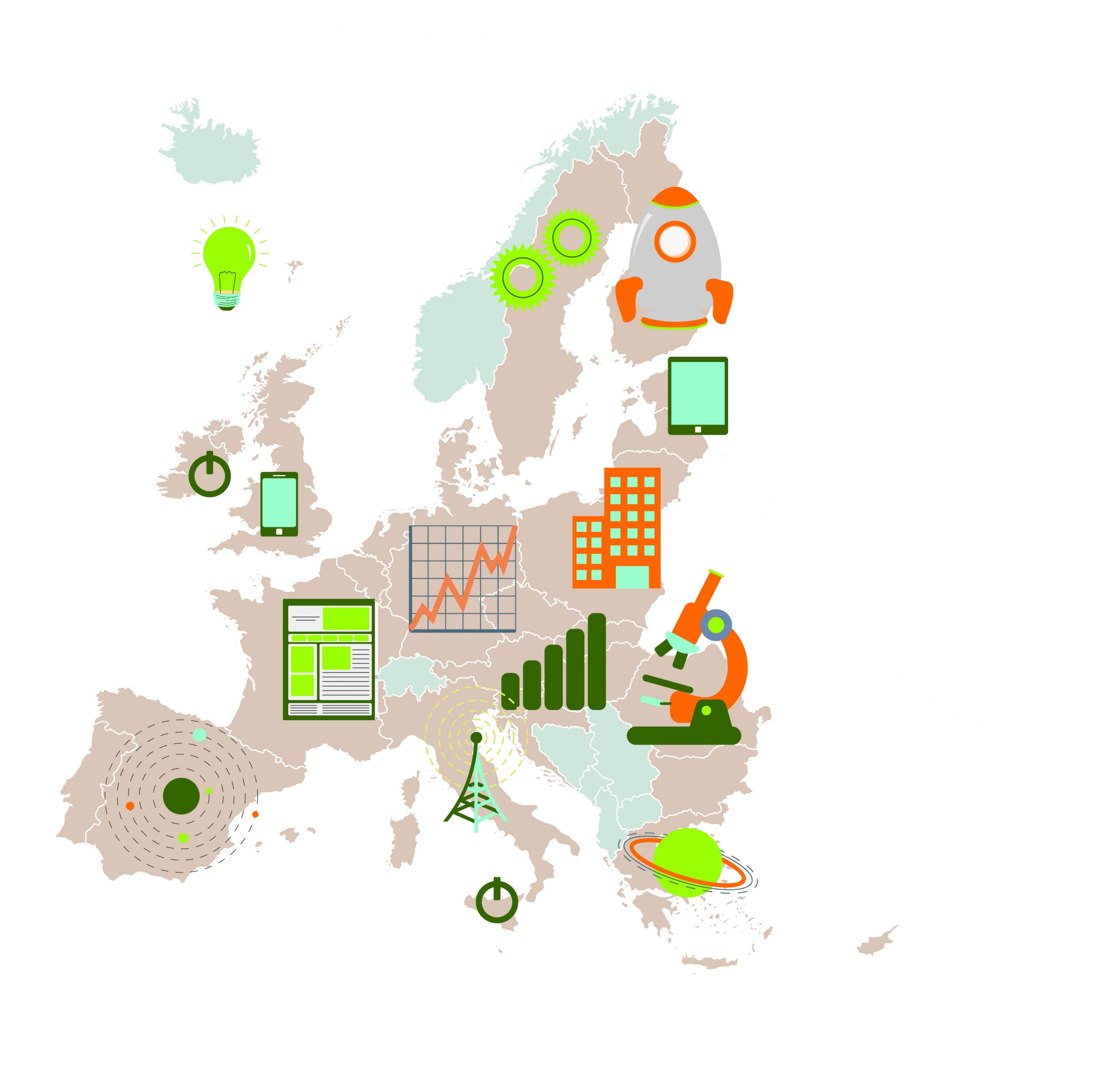Written by Silvia Polidori,

A study and a briefing published by the European Parliament’s (EP) Science and Technology Options Assessment (STOA) Panel, based on a proposal submitted by the EP Committee on Regional Development (REGI), provide policy options offering new directions in cohesion policy for the post-2020 period. The publications focus on scientific and technological priorities and means for policy implementation aimed at enhancing regional economic strengths and thereby building confidence in the EU’s added value. The study and briefing stem from a workshop organised by STOA, and draw upon follow-up interviews, and recent research and policy evaluation reports. Their draft versions were presented to the STOA Panel and the REGI Committee. A sample of the main policy options is given below:
New technologies for improved productivity: The least competitive regions need to develop more flexibility when facing new challenges and improve their ability to position their economies dynamically. In the next stage, cohesion policy should promote ‘excellence in innovation’ in the regional economic context, as a new EU policy instrument.
Knowledge for innovation-led growth through smart specialisation: The implementation of the smart specialisation strategy is often disappointing, due to a lack of resources, potential partners, tech transfer support systems etc. To overcome the huge differences in the tangible and intangible resource base among EU regions, an ‘impact-focused’ approach is recommended in designing future cohesion policy initiatives, to make innovation-led growth more relevant and achievable.
Better governance through technology and big data: Digital technology represents an opportunity to make cohesion policy initiatives more effective and transparent. It provides a variety of instruments for rethinking public policy, and the workings of democratic institutions at the regional and national levels.
Bringing the regional authorities back in: To speed up regional policy-making and achieve more and better results, regional authorities should reconsider their leadership role. For these reasons, cohesion policy should allow for a wider variety of management practices and operational programmes to help EU funding of innovation-led growth to succeed in any type of region.
Dynamic positioning as a fast and flexible approach: Following failures to ‘smartly specialise’ by using a region’s own resources, a dynamic strategic approach by the regional authorities can be achieved by: (a) an ongoing regional ‘economic diagnosis’, which defines and explains principal and practical challenges; (b) a flexible guiding policy dealing with both obstacles and opportunities; and (c) a set of coherent actions needed to address the ever-changing regional circumstances.
Revising the current framework of regional innovation policy: Mission-oriented innovation policy could become an important complement to other development policies, especially in regions that lack the variety of resources needed to develop strategies through smart specialisation. Mission orientation will typically respond to sector-specific needs and wider societal challenges, and could open up new markets.
Shaping markets through mission-oriented investments: Some regional authorities are implementing more ‘market-creating’ policy frameworks, by combining horizontal (sector-neutral) policies and vertical (sector-specific) policies. EU cohesion policy needs to embrace the evolution towards more active public-sector involvement in innovation-led growth in various regions and promote conditions for evolving business ecosystems that generate growth.
‘Outside-in’ approaches to innovation-led growth: Some regions are implementing ‘outside-in’ policies to seize opportunities for acquiring up-to-date technology, expertise and inventive solutions by actively inviting inward investments. European and global production networks, in particular in manufacturing, are potential assets for promoting innovation-led growth in a region, serving as catalysts for advancing new industrial capabilities in the region.
Science parks as nodes of innovation: Science and technology parks highlight the importance of local and regional clustering of competencies for invention and innovation. Cohesion policy could support them as effective nodes in networks that foster business development, particularly small, knowledge-intensive enterprises with growth potential.
Tapping the potential of the digital platform economy: Digital platforms easily attract new customers, clients and other users and drive the scaling-up of SMEs into larger enterprises. This affects regions too. Cohesion policy must help the EU’s regional economies to increase value by availing of existing digital platforms and by building new ones.
To find out more about the policy options, consult the study. As recommended by Ramón Luis Valcárcel Siso (EPP, Spain), EP Vice-President responsible for STOA, Constanze Krehl (S&D, Germany) and Lambert van Nistelrooij (EPP, The Netherlands), all Members of the REGI Committee, STOA will circulate the study and the briefing to the relevant actors responsible for future cohesion policy at European and national levels.








[…] Source Article from https://epthinktank.eu/2018/07/10/new-technologies-in-eu-cohesion-policy-after-2020/ […]
Bringing the regional authorities back in: To speed up regional policy-making and achieve more and better results, regional authorities should reconsider their leadership role. For these reasons, cohesion policy should allow for a wider variety of management practices and operational programmes to help EU funding of innovation-led growth to succeed in any type of region.
Well written.
Greetings from Prince Harry: https://celebgrid.com/prince-harry-and-meghan-visit-ireland/